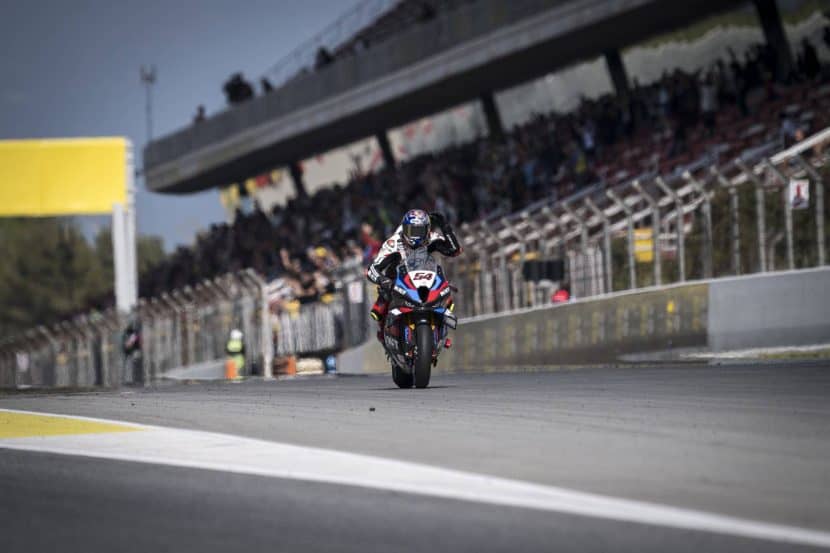Lotus could upgrade the Emeya saloon (pictured) and Eletre SUV with new powertrain
Brand had committed to going electric-only in 2028, but luxury car buyers are proving reluctant to switch to EVs
Lotus will produce hybrid versions of future models in response to the continued reluctance of luxury car buyers to move to EVs.
The switch, confirmed by the brand’s CEO to reporters at recent Guangzhou motor show in China, means the brand is tearing up its current plan to go all-electric by 2028.
Lotus will develop ‘Super Hybrid’ technology with ultra-fast plug-in charging along with a turbocharged combustion engine to extend overall range to 680 miles, Feng Qingfeng said.
He didn’t say which models would receive the hybrid drivetrain, but Lotus could upgrade the current Eletre large SUV and Emeya large saloon EVs with the technology, as well as adding it to the upcoming Porsche Macan-rivalling SUV.
“At Lotus, we have always chosen the best power technology available, whether it’s pure gasoline, pure electric, hybrid or range-extended [EV],” Feng told the Wall Street Journal (WSJ) in an interview.
Plug-in hybrids (PHEVs) and extended-range EVs (EREVs) have soared in popularity in China in recent months, forcing some car makers to refocus model development to cover demand.
Chinese premium EV brand Zeekr – which is, like Lotus, owned by Geely – recently announced that it will start offering PHEVs in the future.
The luxury segment in which Lotus competes has been stubbornly resistant to moving to EVs, with customers preferring to stick to ICE models.
The benefits of going electric are less pronounced at the top end, believes Feng. “Luxury car engines are already very powerful, and the driving experience is quite similar, with eight-cylinder and 12-cylinder engines performing well,” he told the WSJ.
European brands are struggling to sell their EVs in China, with Porsche particularly hard hit.
“We cannot expect significant recovery in the upcoming years when it comes to the premium and luxury BEV segment in China for European [manufacturers],” Porsche CFO Lutz Meschke said on the company’s third-quarter earnings call.
Lotus originally rejected versions of PHEV drivetrains due to their compromises compared with pure-electric systems in terms of driveability, Feng said.
PHEVs require plugging in daily to fully utilise the EV element, while EREVs increase the electric useability but can become sluggish when the battery is depleted and the small ICE is called on to power the electric motor.
Lotus will overcome the sluggishness by ensuring the ICE can charge the battery at a much faster rate than in other EREVs, ensuring the car won’t have to rely on ICE power alone, Feng promised.
Meanwhile, the cars will use a 900V electrical architecture to “flash-charge” the battery when stationary at a rate faster even then than battery-swapping, he added.
Battery swapping is employed by Chinese EV maker Nio, a rival at the lower end of Lotus’s range.
Feng didn’t go into detail about which ICE Lotus will use for its Luyao Super Hybrid system, but the Emira sports car currently uses a turbo four supplied by Mercedes-AMG, and Geely can call on its new engine company Horse, formed in partnership with Renault.
Lotus would also benefit from lower tariffs into the European Union, which exempts PHEVs from the additional duties recently imposed on Chinese-built EVs. Lotus’s ‘lifestyle’ EVs are all built in China.
Lotus delivered 8631 vehicles in the first 10 months of 2024, with Europe accounting for 35% of sales and China 25%. The UK was a key market, with sales of 1239 through November, according to the SMMT.
The biggest seller was the Eletre, at 799, followed by the Emira, at 440.
Source: Autocar RSS Feed

